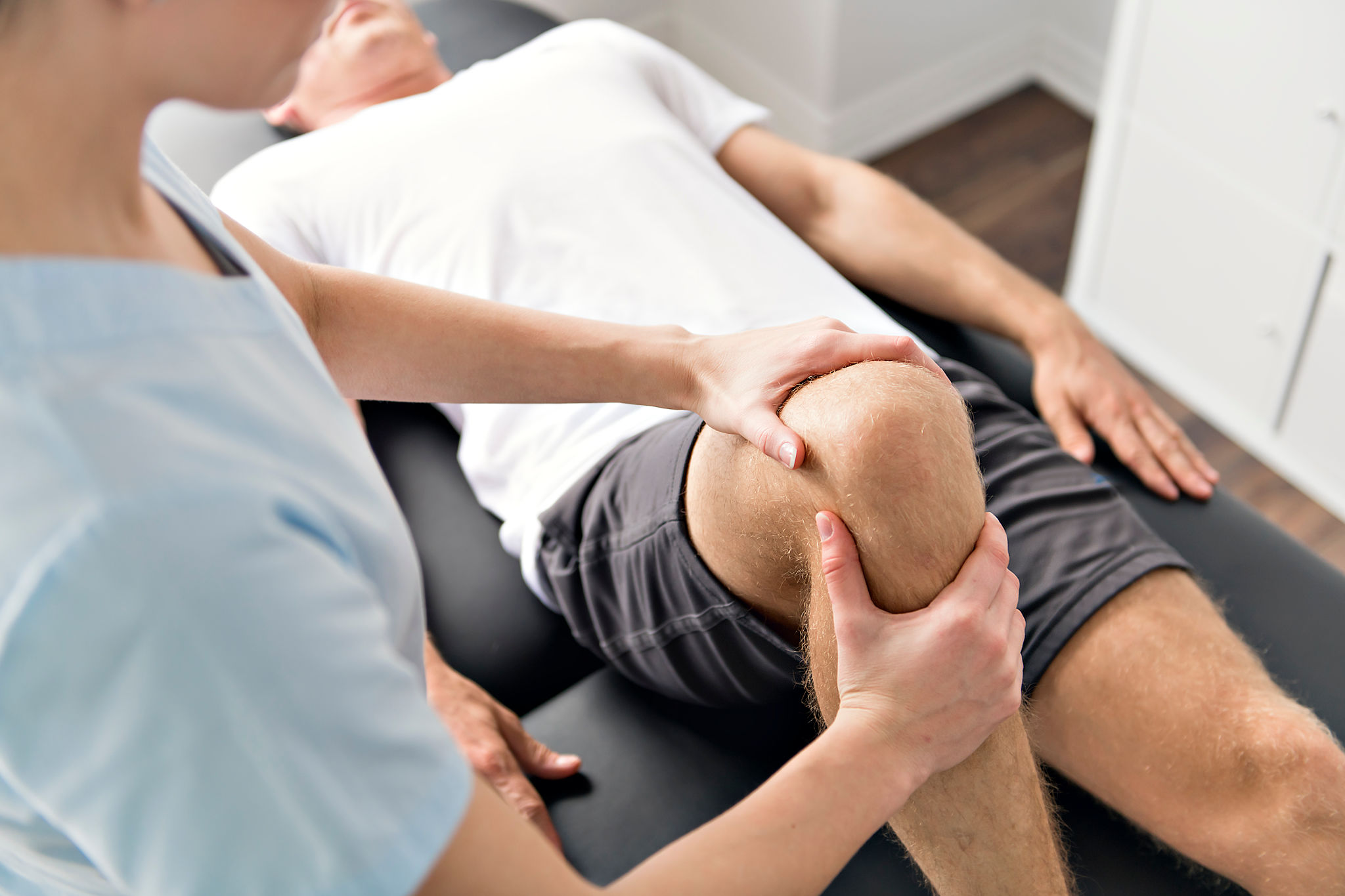The Benefits of Cold Therapy Treatment for Muscle Recovery
Understanding Cold Therapy
Cold therapy, also known as cryotherapy, is a popular treatment for athletes and fitness enthusiasts looking to enhance muscle recovery. By exposing the body to cold temperatures, this therapy aims to reduce inflammation, numb soreness, and promote healing. Whether using ice packs, cold water immersion, or cryotherapy chambers, the benefits of cold therapy are well-documented and widely embraced.

How Cold Therapy Works
When applied to the muscles, cold therapy causes blood vessels to constrict, which helps decrease blood flow to the affected area. This vasoconstriction reduces swelling and inflammation. Once the cold source is removed, the blood vessels dilate, allowing an influx of oxygen-rich blood to flow back into the muscles. This process can help flush out metabolic waste and accelerate the healing process.
Benefits for Muscle Recovery
The primary advantage of cold therapy is its ability to relieve muscle soreness and stiffness after intense exercise. By reducing inflammation, it can help minimize delayed onset muscle soreness (DOMS), allowing athletes to return to their training routines more quickly. Additionally, cold therapy can decrease muscle spasms and improve overall muscle function.
Enhanced Athletic Performance
Athletes who incorporate cold therapy into their recovery routines often experience improvements in performance. By reducing recovery time, they can maintain a consistent training schedule without prolonged breaks due to muscle fatigue or injury. Cold therapy can also enhance mental resilience by providing a sense of invigoration and rejuvenation.

Various Cold Therapy Methods
There are several methods to incorporate cold therapy into a recovery routine:
- Ice Packs: Simple and effective for targeted relief on specific muscle groups.
- Cold Water Immersion: Involves immersing the body in cold water, often used by professional athletes.
- Cryotherapy Chambers: These chambers expose the body to extremely low temperatures for short periods.
Considerations and Precautions
While cold therapy offers numerous benefits, it's essential to use it correctly to avoid potential risks. Never apply ice directly to the skin, as this can cause frostbite. Limit exposure time to 15-20 minutes per session and consult with a healthcare professional if you have any underlying health conditions.

Cold Therapy vs. Heat Therapy
It's important to understand when to use cold therapy versus heat therapy for muscle recovery. Cold therapy is best for acute injuries and inflammation, while heat therapy is more suited for chronic muscle pain and stiffness. Knowing when to apply each treatment can maximize recovery efforts and prevent further injury.
Conclusion
Incorporating cold therapy into your recovery routine can provide significant benefits for muscle recovery and overall athletic performance. By understanding how it works and using it appropriately, athletes can leverage this powerful tool to enhance their training results. Whether you're a professional athlete or a weekend warrior, consider adding cold therapy to your post-exercise regimen for optimal recovery.
